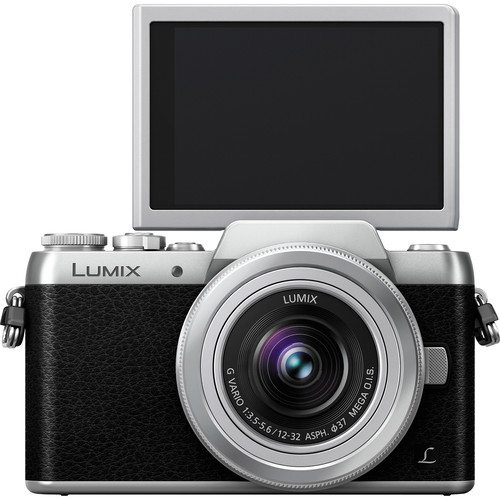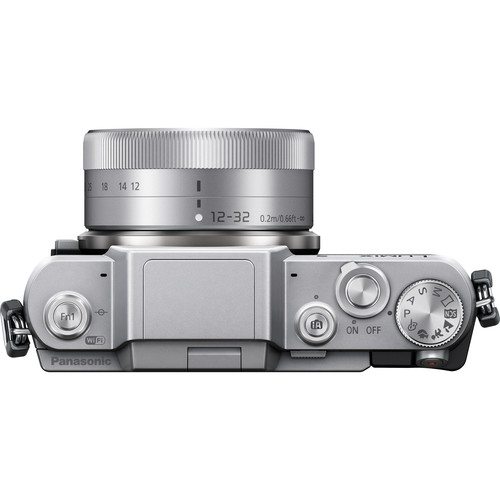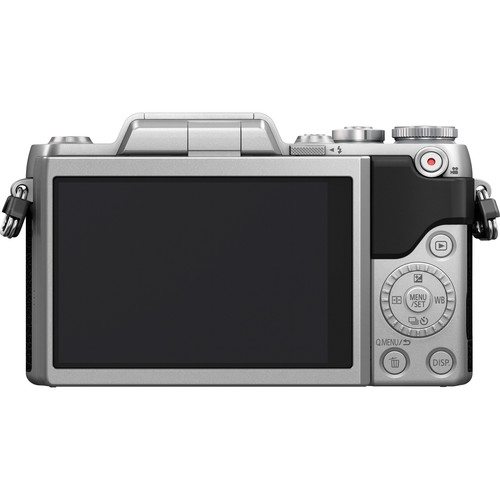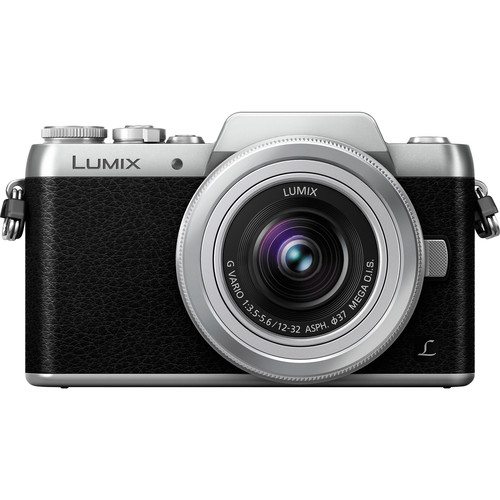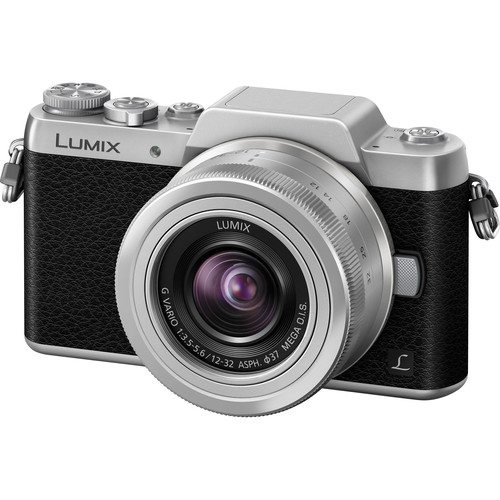Last Updated on 01/20/2015 by Chris Gampat
Check out the new Panasonic GF7 and say cheese while you’re at it–or just make duck lips because they totally work too. Yes folks, the brand new Panasonic GF7 is the latest entry into the company’s mirrorless interchangeable lens camera lineup and has a big emphasis on taking selfies–like many other cameras as of recent. The GF7 has a big 3 inch touch LCD screen and a 16MP Live MOS sensor. That sensor can record 1080p 60p video, can shoot 5.8 frames per second, and comes with the 12-32mm f3.5-5.6 kit lens.
The camera also shoots at up to ISO 25,600, has dual shutter buttons, built in WiFi, and has a Venus engine processor.
For $599.99, the GF7 can be yours in pink or black. More images and tech specs are after the jump.
| Focus Control | |
|---|---|
| Focus Type | Auto & Manual |
| Focus Mode | Continuous-servo AF (C), Flexible (AFF), Manual Focus (M), Single-servo AF (S) |
| Viewfinder/Display | |
|---|---|
| Viewfinder Type | None |
| Display Screen | 3″ Rear Screen Tilting Touchscreen LCD (1040) |
| Screen Coverage | 100% |
| Power | |
|---|---|
| Battery | 1x Rechargeable Lithium-Ion Battery Pack, 7.2 VDC, 680 mAh |
| Operating/Storage Temperature | Operating 32 to 104°F (0 to 40°C) Humidity: 10 – 80% |
| Physical | |
|---|---|
| Dimensions (WxHxD) | 4.2 x 2.6 x 1.3″ / 10.7 x 6.6 x 3.3 cm |
| Weight | 11.85 oz / 336 g SD card, battery, kit lens installed |


